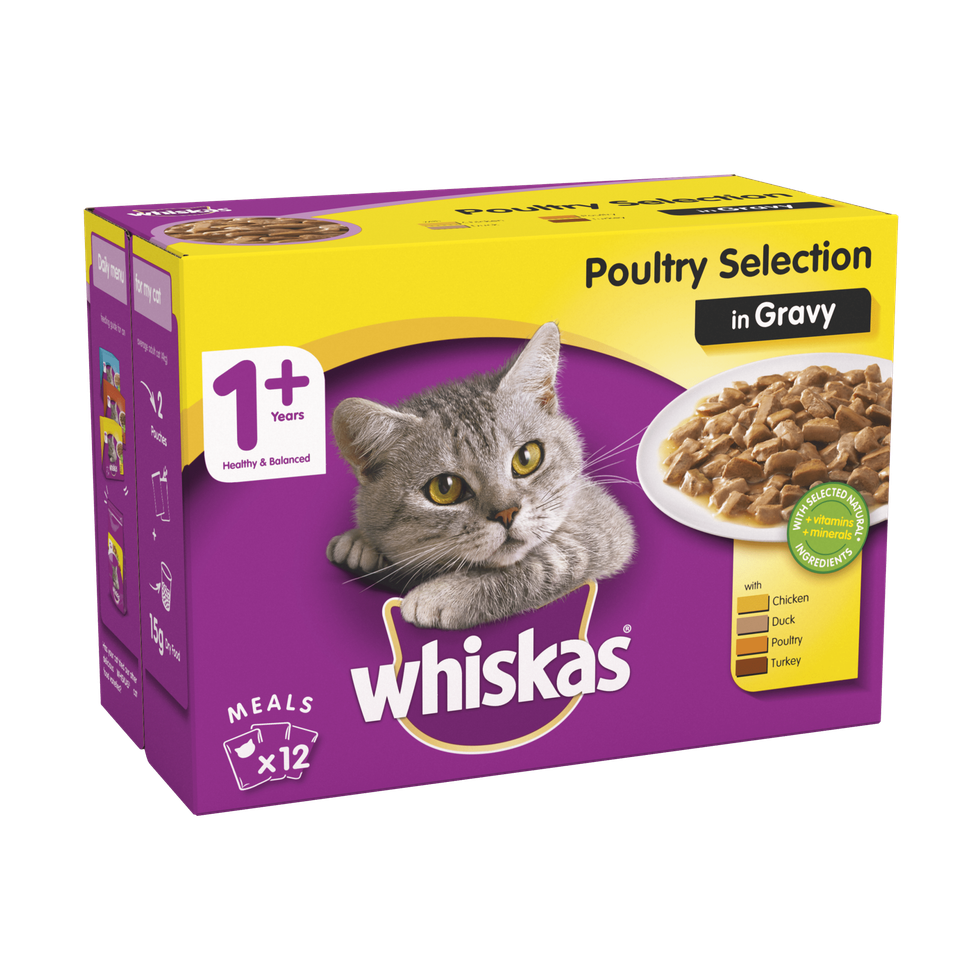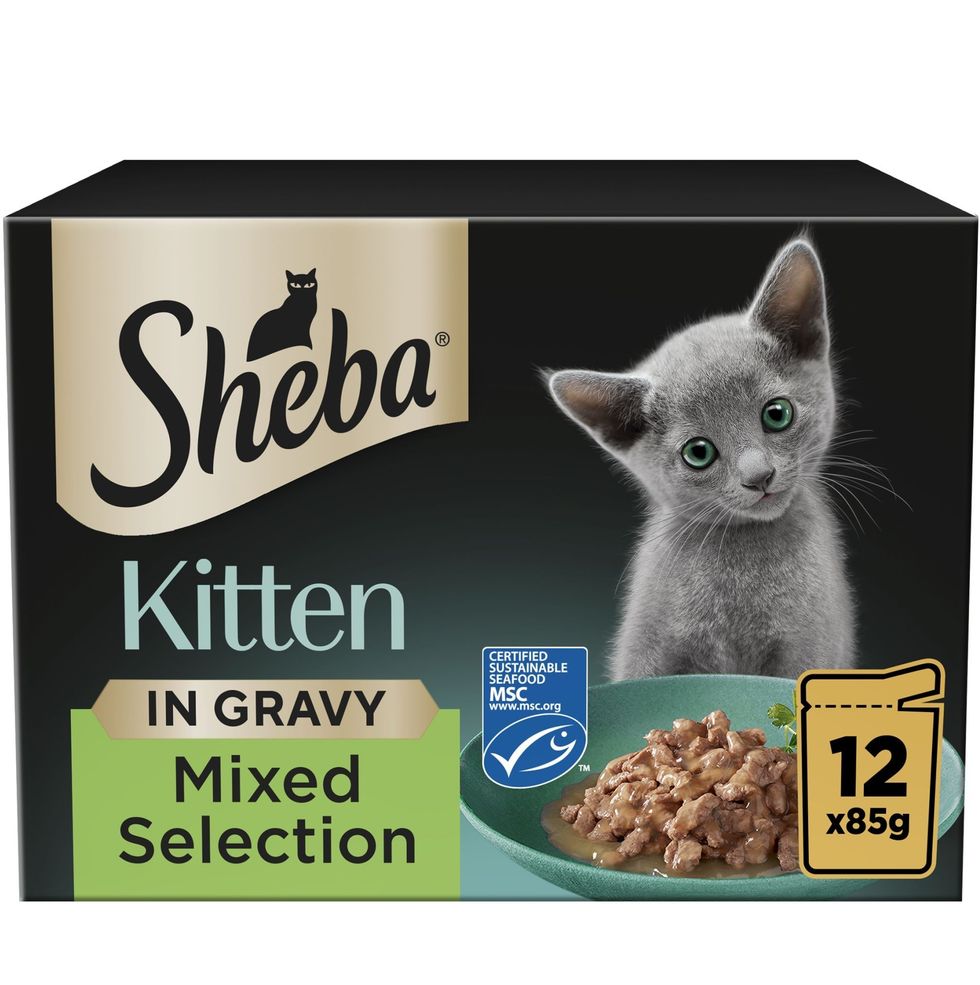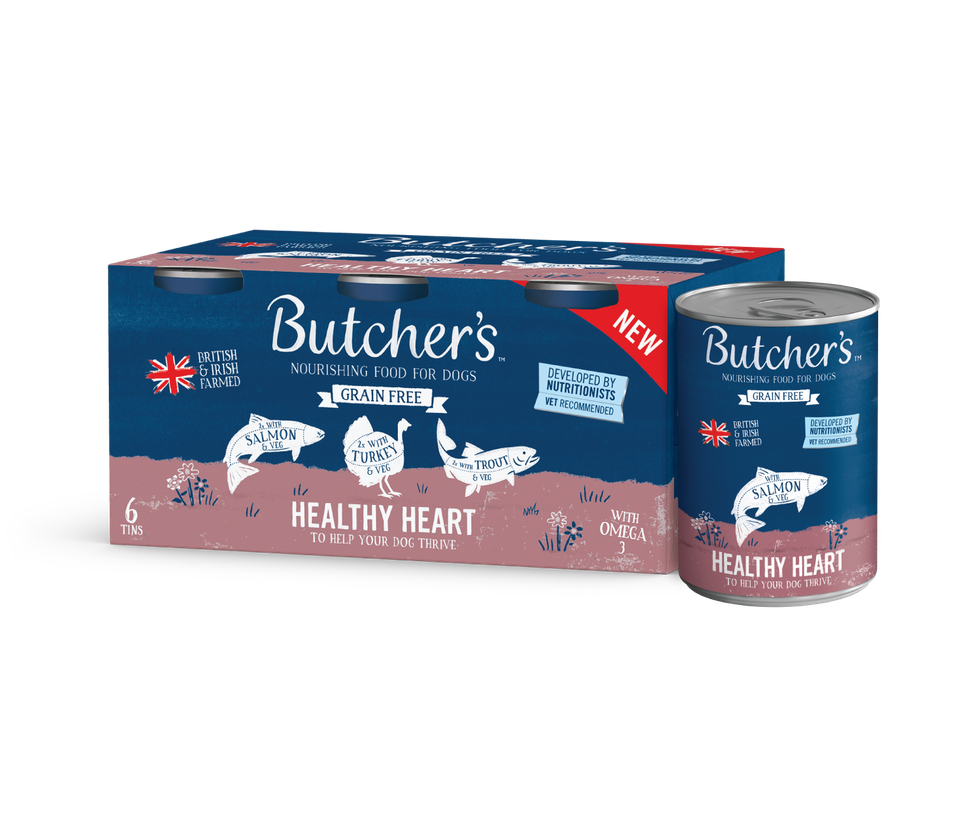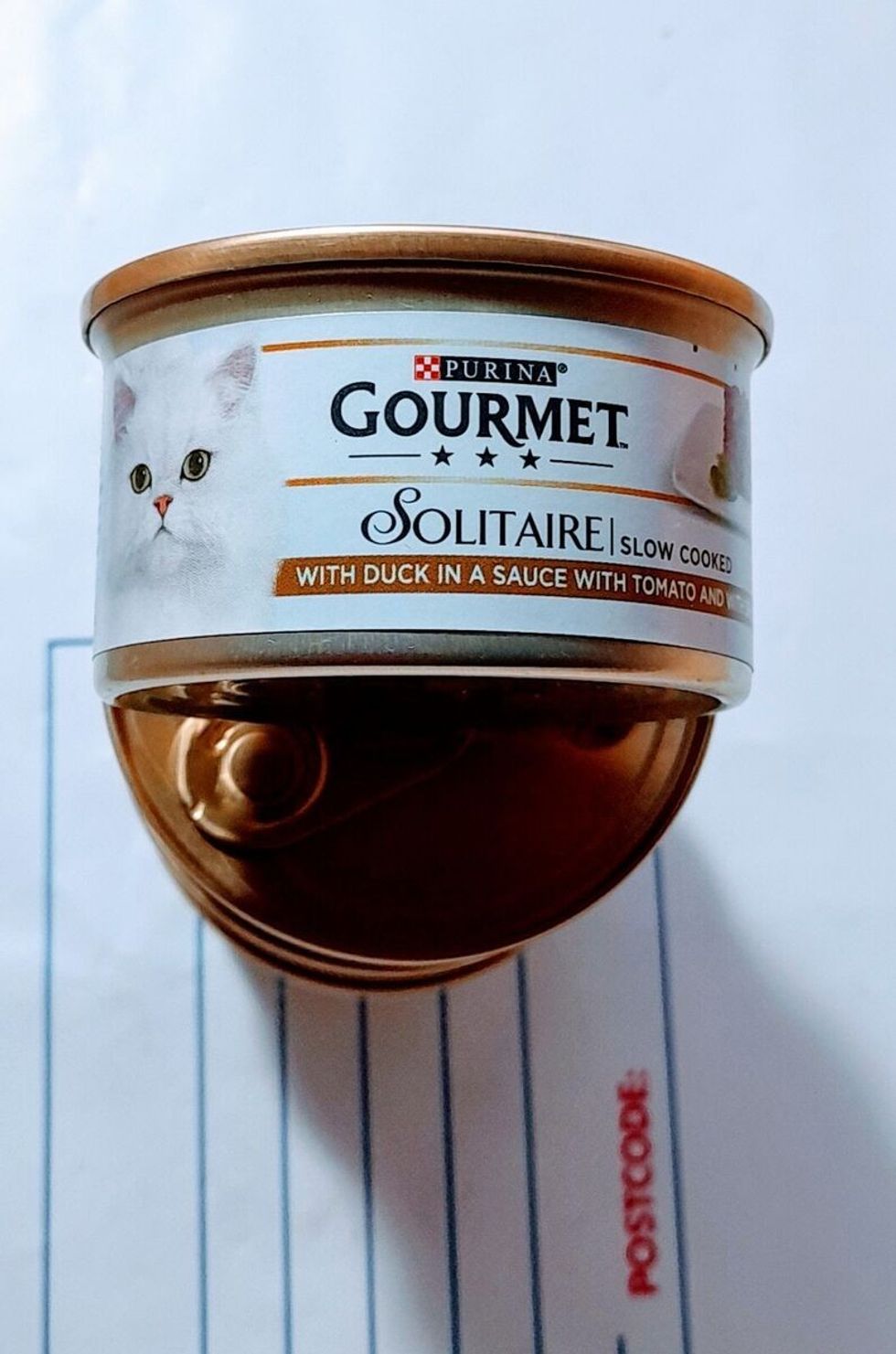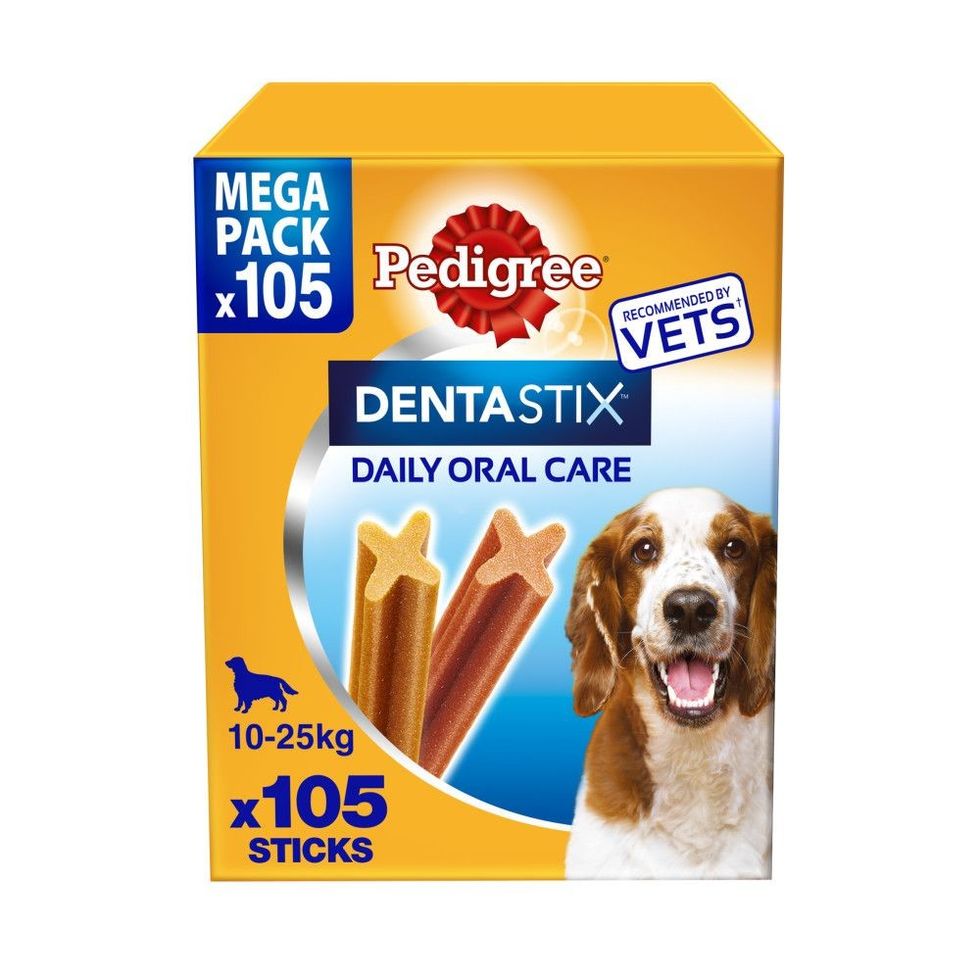Dogs are everywhere. Cats are out roaming the streets. The UK, dependably wet and rainy, gave the world the giveaway phrase of the title. The fact is in the soaking British Isles – and increasingly the British aisles – there is an unbreakable bond between citizens and their pets that Fortune Business Insights predicts will grow to a global market value of £331.4 billion by 2032 – and to attest to this, the number of pets in the UK rose nine per cent between 2022 and 2023, according to Dogster, a veterinary organisation.
According to Ikdeep Singh, Global President of Mars Pet Nutrition – a company which produces a significant proportion of the retail pet-food brands – “We’re seeing a surge in younger pet parents who consider pets as one of the most important things in their lives thanks to the love, companionship and entertainment they provide. People are also choosing puppies and kittens rather than older pets and are influenced by family and friends more than veterinarians.”
The sums that are spent on pets are impressive: £8 billion a year on pets, with £1.2 billion splashed out (carrying on with the rain metaphor) just on grooming products, with each owner spending £500 a year on pet treats!
Dog food sales amount to nearly £2 billion per annum, and cat food market £1.4 billion – and that is including the two-thirds of pet owners who have tried to reduce the amount they spend on pet food thanks to the cost-of-living crisis.
Clearly, this is a most resilient category and therefore worth stocking.
Not just for Covid
Dogs were always great companions, but often also working animals – sheepdogs, ratters, gundogs and so on – which is much less the case these days, and the fact that folk are going for the cute and cuddly option tells us that they now see themselves as “parents” rather than owners.
It is generally agreed that the current shift and massive increase in pet popularity came during the Covid lockdown, which saw animals repurposed as comfort blankets for people – especially the young and lonely – trapped at home. As Singh says, “Pet parents aren’t born – they become, which is why we must ensure they have the advice, guidance and support they need along every step of their journey.”
Mars’s latest big “Pet Parent Study” underlined the popularity of pet “adoption” currently, with 56 per cent of people surveyed – not a totally accurate overall representation of the UK population, but not too far off – owning a cat or a dog, with early half (47 per cent) being first time owners, and the newcomers overwhelmingly skewing young with 45 per cent of the newbies belonging to Gen Z and only 29 per cent to the Baby Boomer cohort (not many of them picking up a pussycat for their approaching retirement!). Men slightly outnumber women owners (52 per cent versus 48 per cent), but that’s an odd figure given that pets are mostly within their families, with their “parents”, so it probably means “parenthood” is evenly split.
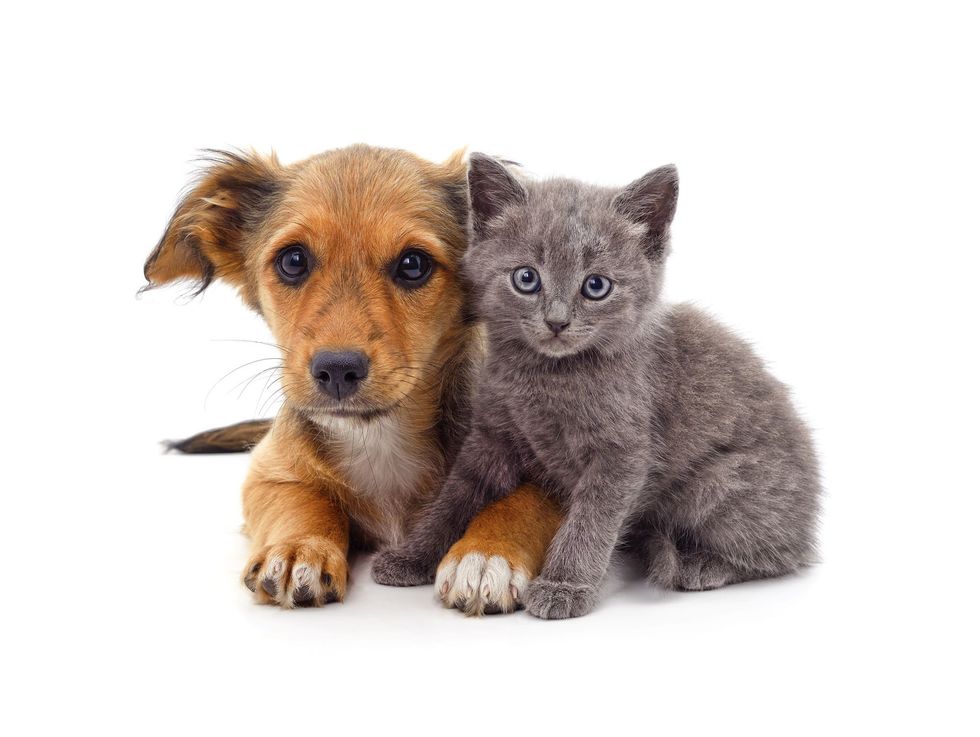
Dan Smith, head of Nestlé's PetCare global strategic business unit, said: “More than 70 per cent of pet owners describe their pets as family members and are increasingly seeking ways to show love and affection towards their furry friends, and food is an important part of this.”
In fact, according to Walk My Dog (a dog-walking company – itself indicative of the healthy and developing pet market), research by MINTEL, questioning around 1,000 pet owners found that three quarters (74 per cent) of owners treated their pets as one of the family and 20 per cent felt guilty about leaving their pets at home. One in eight pet lovers confessed they took their pets nearly everywhere, and seven per cent of owners felt their holiday choices restricted by having to take their pets along.
The MINTEL report concluded that like many full-time working parents, pet owners today are now lavishing more money on their pets simply to try and relieve their guilt for not spending enough time with them.
Pets do not only consist of cats and dogs, of course. Children adore their hamsters and rabbits, and heavy metal afficionados pay a lot of attention to their pythons, no doubt. But for our purposes – what suits most attractively on c-store shelves generating income – the retailer’s focus must be mostly on the canine and feline invasion. Interestingly, it appears that more men are adopting adult cats.
The demand for pets – cats and dogs in the main – shot up during Covid and fell away somewhat after the end of the lockdowns, with some horror stories emerging of newly acquired “children” being abandoned by the side of lonely B-roads as if it was Boxing Day all over again.

The People's Dispensary for Sick Animals’ (PDSA) Director of Veterinary Services, Richard Hooker says that “We have seen how the dog population has grown over the years, but there are indications that the population of pet rabbits may be falling. Similarly, the rising proportion of ‘new’ pet owners seen since 2021 seems to have now stabilised, along with the proportion of pets, particularly dogs, acquired from abroad.”
Overall, then, the popularity and demand remained, and the infrastructure to support pet culture – vets, kennels, walkers, insurance plans and food supplies – developed accordingly. As we have commented in recent years, much of the benefit of this growth went to the convenience channel, not least because of the lockdown surge, when people adopted their animals and shopped locally for food and treats.
Suppliers promoted their products to indie retailers, and shelf-space was accordingly made available. Revenue grew, then dropped off just a little (a six per cent decline in dog food sales in 2023 [Circana Major Multiples, Total Pet & Total Wet Dog, Volume], before finding nice balance, although inflation (up 35 per cent in the first two years post-Covid) has eaten away at the doggie dinners a bit, with some accompanying shrinkage, but margins holding more or less stable. While the total treats category declined 4.5 per cent (naughty dog!), so-called natural treats growing at just over one per cent – a sign of tightening purse strings, as meals remain steady. [Circana]
Din-dins for darlings!
Some degree of pet supplies are provided non-retail, or at least non-bricks-and-mortar: there are online brands, some of which do not make it into stores at all (such as Burgess Pet Care and Lily’s Kitchen – although that brand is now in some mults) and there are other brands sold mainly through vet surgeries and pet supply specialists.
Nonetheless, many of the best-known and most popular brands are supremely stockable, and run the gamut of wet and dry dog and cat nourishment in cans bags and pouches, and traverse meat dishes to veg platters and even something to help keep teeth in good shape, such as Pedigree Dentastix.
Beyond that, there are treats and toys that deserve stocking – especially the frequently repurchased treats. Mars Petcare is perhaps the very biggest player for both dogs and cats, and the addressable market is cleverly segmented to appeal to all sorts of pets – old and young, big and small- such as Cesar, specifically formulated for lapdogs and similar breeds – and even roughly breed-specific nutrients and health-adjusted meals.
Euromonitor says the humanisation of pets and concerns about their health, constrained by price sensitivity, are the primary factors shaping pet care and fuelling new product development: “Advancements in these areas foster premiumisation, enabling pet care to remain resilient even during economically challenging times for consumers. Brands should emphasise additional benefits such as human-grade healthy ingredients to help justify higher prices to consumers who align purchases with their values. Meanwhile, offering special deals and discounts can help maintain a loyal audience among price-sensitive pet owners.”
Whiskas is widely appealing (nine out of ten owners said their cats preferred it as far back as the 1970s). Today it comes in wet and dry – wet is for the fussier cat, apparently – and special 98 per cent lactose-reduced milk, together with Dentabite treats to also look after the gnashers of the little darlings. Sheba is Mars’s premium line, also worth stocking because pet owners – parents – really do like to treat their babies, with more than one-third (37 per cent) of dog and cat owners considering their pets the most important thing in their lives, according to Ikdeep Singh.
Mars Petcare recently launched its new Sheba Kitten range for the first time, spotting an opportunity to futureproof the petcare category by recruiting owners into the brand from day one of cat ownership. The range is available in two SKUs – Mixed Selection and Chicken & Salmon, forming part of Sheba’s wider brand refresh, aimed at maintaining consumer engagement, whilst encouraging shoppers to trade up to more premium options.
Kittens make up 14 per cent of the cat population and with one in three owners not changing the food they feed their pet since getting them, it presents a significant opportunity to drive lifelong value through premiumisation of the Cat Wet segment.
“We know how important it is for new pet parents to find a reliable, nutritious, and appealing meal offering for their kitten," said Adelina Bizoi, Category Leadership Director at Mars Petcare. "As a result, there is a significant opportunity for retailers to be stocking propositions that cater to all kitten need-states, to catch the attention of this demographic.
“Sheba Kitten is the perfect range for retailers to stock to leverage this potential. Not only will the nutritional and taste benefits please kittens and their parents, but the range will recruit shoppers into the Sheba brand as early as possible within their pet’s lifespan. This will increase their chances of remaining loyal shoppers through adulthood as Sheba products become preferred by their pet, ultimately helping retailers to attract and retain sales long-term.”
Sheba Kitten Mixed Selection and Chicken & Salmon is available across the grocery, wholesale, convenience and specialist pet channels.
Independent brands such as Butcher’s Nourishing Food For Dogs, which recently added a Healthy Heart recipe to its existing Natural Health Support range, are also in the c-channel space.
The Healthy Heart recipes contain algae oil, a naturally rich plant-based source of the omega 3 fatty acid DHA to help support a healthy heart and Taurine & L-Carnitine which are essential to support the heart muscle function.
Vitamins C & E are antioxidants that help strengthen natural immune defences while vegetables such as spinach and butternut squash are a great source of Omega 3 fatty acids, antioxidants & fibre, all of which are contained within the recipes and are available in both cans and foil trays and as PMPs (including from DeeBee wholesale).
Premium trends are best exemplified by a brand such as Purina, whose gourmet cat food is increasingly popular (the Felix brand is the UK’s best-selling brand).
Pet care is one of Nestlé's fastest-growing businesses in Europe and worldwide. Wet cat food makes up around 30 per cent of Purina sales globally and is particularly important in Europe where in many markets, cats outnumber dogs as the most popular pet, and the company has just announced its new Purina Gourmet Revelations Fine Cuts in Gelée, an innovative cat meal range featuring a combination of delicate transparent jelly and finely diced tender cuts, a first-of-its-kind offering from Purina.
Available in 57-gram pots and two varieties, Chicken and Salmon, the Gourmet Revelations Fine Cuts in Gelée is packaged in multipack sizes of two, four, and 48 pots. The range, known for its elegant pyramid packaging design, aims to provide an exquisite serving experience with high-quality ingredients.
Developed after years of research and behavioural studies, the Gourmet Revelations Fine Cuts in Gelée was designed to encourage natural wide bite/lick-bite/lick/chew behaviours. The new jelly-based cat food with finely diced tender cuts also allows feline connoisseurs to indulge in a new texture experience.
“With the announcement of Gourmet Revelations Fine Cuts in Gelée, we’re happy to be revealing and celebrating the unique personalities of cats across the nation, as well as unveiling a new texture experience, ensuring our pets get to enjoy mealtime just as much as their owners do,” said Sareena Kainth-Patel, Senior Brand Manager for Gourmet.
“Owners actively seek ways to show love and affection towards their cats - seeing them admire and savour their food is a crucial part of that. We’ve undertaken extensive research to develop a product which is perfectly shaped to create the ultimate feline foodie ritual. In addition, our patented packaging design is truly unique in the category and helps to elevate the serving experience for pet owners who want to pamper their feline companions.”
The pyramid-shaped food is one of six “big bets” that Nestlé is targeting for growth in 2025. They all offer an elevated consumer experience and leverage the company's leadership in R&D, category innovation and production expertise.
Premiumization of pet food and elevated experiences for pets and their owners continue to drive growth in the category. Pet populations in key markets worldwide are projected to continue to grow over the next five years, especially cats and small dogs, although at a slower pace than the last five.
Gourmet Revelations Fine Cuts in Gelée is being rolled out across stores nationwide from April.
Pet detective
Online is a big market in pet supplies, and only partly because it caters for specialist recipes such as Science Diet. On the contrary, the scope for retailers to leverage their increasing online and delivery power to muscle in on the pet-supply delivery segment is seriously worth examining.
Just Eat, for example, has teamed up with several pet food suppliers, and while that arrangement cuts out the independent retailer, it does provide some very interesting clues as to how storeowners and Snappy Shopper might steal Just Eat’s lunch.
Just Eat revealed that dog products account for 58 per cent of consumer baskets, while cat products make up 37 per cent. The other five per cent accounts for other pets (fish, birds, rodents and reptiles – those 600,000 snakes!). While dog and cat food are their online bestsellers, cat litter is also high on the top-sellers list, followed by treats (mostly chew and dental) and toys (tennis balls and plush toys are most loved). Also, never neglect OTC pet remedies: five per cent of sales are medicines and flea and worm treatments.
They say there is a growing interest in raw dog food from dog-specialized partners— “a premium option for dog parents looking to go the extra mile”, and there is an increasing demand for special products during festive occasions, such as Christmas sweaters [!] and holiday-inspired chewing toys and treats.
This data commends itself to an optimistic assessment of the market in line with the projected Fortune figures quoted at the head of this feature.
All in all, the current pet scene appears to be driven by an increasing identity between owner and animal, with pets fulfilling a yawning emotional need – a trend that surged during lockdown but did not come out of nowhere and is perhaps a function of an ageing and declining human demographic in an increasingly isolating, and technological society.
What this means for the pet care segment, and especially the c-channel, is that shelf-space should be seriously planned out to attract owners who are more likely to buy premium and extra items even if they are under financial constraints, because of the supportive role pets play in their lives – or even the occasional baby-substitution role that the statistics imply.
The PDSA’s Director of Veterinary Services, Richard Hooker, says that 91 per cent of owners confess that owning a pet improves their life, with 88 per cent saying their pet makes them mentally and 69 per cent physically healthier.
“Yet ‘love is not enough’ – our pets need to have their five Welfare Needs met to help them live happy and healthy lives. The UK Animal Welfare Acts introduced a legal duty of care requiring that owners or keepers provide for their animals’ welfare needs.”
Matt Jackson of Dogster concludes, “The total number of pet-owning households in the UK dropped between 2022 and 2023, but the number of pets in the country rose. And, despite the cost-of-living crisis, UK pet owners now spend around £8 billion a year on their pets. Pet food is considered the single biggest sector, and within this sector, it is dog food that makes up the majority of purchases, with cat food coming a close second.”
He adds that an increase in small pets means that products and services catering to small animals will likely continue to expand in the coming years and while some owners are looking to spend less on pet food, others want healthier and more nutritious foods and treats, which means the basic and premium pet food markets will likely both see an increase in revenue.






